Primers are one makeup product that has a tendency to make or break a makeup look. In the ever-evolving makeup era, finding the right primers for your skin type is challenging. Among the different options, people often end up choosing to buy the wrong product. This is the one product that stands out as a game-changer if got the right one. Whether you’re a makeup professional or a newbie, understanding the ins and outs of primers is essential for achieving that flawless, long-lasting makeup look. In this read, Beautyspade will guide you through everything need to know about the types of makeup primers for your skin type.
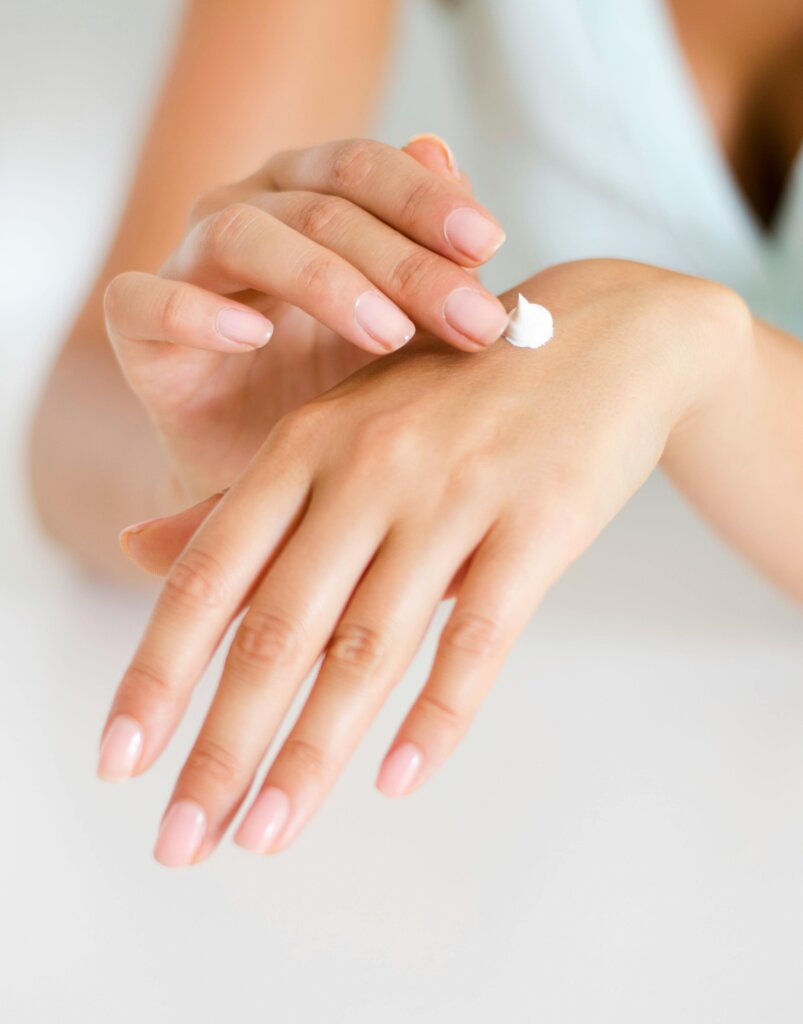
What is Face Primer?
Face primer is like the magic potion that prepares your skin for makeup application. It’s a lightweight, gel, cream-based, or silicon-based product that creates a smooth base for your foundation and helps it adhere better to your skin. Think of it as the smooth canvas that minimizes pores, blurs imperfections, and extends the wear-time of your makeup. Primer is your best friend if you don’t want your makeup to be smudged!
You can have a love-and-hate relationship with primers, either you can’t live without them if you got the right one, or you’ve never even tried the right one in the first place. A primer forms a protective layer on your skin that forms a barrier between your makeup and skincare. Enlarged pores, excess oiliness or dryness, and signs of aging can all affect the performance of the makeup that goes on your skin, which is why it’s important to use a primer and set the base right. Right formulation whether it’s in a serum, sunscreen, lotion, balm, or cream form, can brighten, hydrate, or target acne and fine lines.
Most makeup artists suggest applying a primer with your fingers, as the slightly tacky texture means that it may just slide around if you’re using a brush. To ensure that your primer won’t pill or create textured patches on the skin, take a dime-sized amount of the product, and blend it into the skin completely before letting it dry.
Here are the types of makeup primers you should look for as per your skin type:
Primers for Oily Skin
If you battle with excess shine and makeup meltdown by midday, a mattifying primer is your best friend. Look for oil-free formulations that contain ingredients like silica or clay to absorb excess oil and keep your skin matte all day long. These primers not only control shine but also help prevent your foundation from slipping and sliding. I am a big fan of Benefit Porefessional Primers.
Primers for Dry Skin
Dry skin requires a little extra TLC, especially when it comes to makeup application. If you have dry skin, you probably deal with dehydration, tightness, and flakiness. Instead of silicon-based primers, go for hydrating primers infused with ingredients like hyaluronic acid or glycerine to replenish moisture and create a dewy, luminous base. These primers not only hydrate your skin but also ensure that your foundation goes on smoothly without emphasizing dry patches. Being a dry-skinned person, I am inclined towards oils for priming my face. My absolute favorites are Swiss Beauty Dewy makeup base, Minimalist Squalane Oil, and Foxtale Glow Moisturizer.
Primers for sensitive/Acne prone skin
Primers are an important part of your makeup routine as you are dealing with both acne and sensitivity. Look for primers labeled as non-comedogenic, meaning they won’t clog pores, which can exacerbate acne. Opt for oil-free primers to avoid adding excess oil to the skin, which can contribute to acne breakouts. Consider primers with mattifying properties to help control shine and minimize the appearance of pores, which can be more prominent in acne-prone skin. Some primers contain salicylic acid, which can help exfoliate the skin and unclog pores, making them suitable for acne-prone skin. Choose lightweight primers that won’t feel heavy on the skin or increase acne flare-ups.
Primers for mature skin
People with mature skin should look for primers with hydrating ingredients like hyaluronic acid or glycerine to help plump and moisturize, which tends to be drier. Consider primers with light-reflecting particles or illuminating properties to add radiance and minimize the appearance of fine lines and wrinkles. Choose a primer with added SPF to provide sun protection, essential for preventing further skin aging. Some primers contain anti-aging ingredients like peptides or antioxidants to help improve the appearance of fine lines and wrinkles over time. Silicone-based primers can help create a smooth canvas for makeup application and fill in fine lines and wrinkles, providing a more youthful appearance.
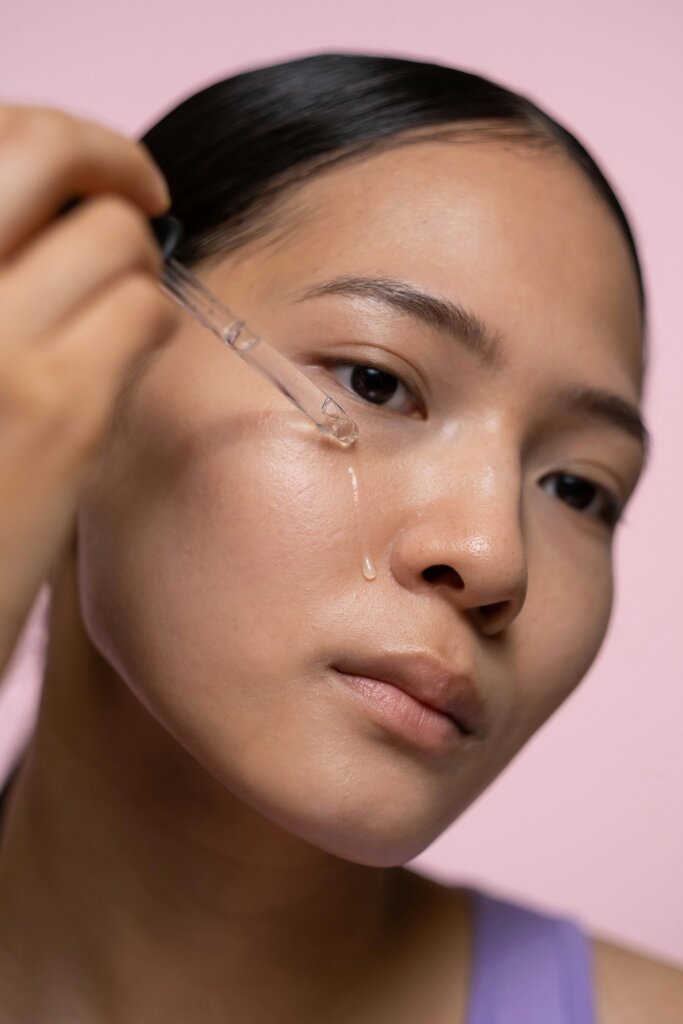
How to Apply Primer Correctly?
After getting the knowledge of types of makeup primers now what comes next? Its application! right? Applying primer is a crucial step in your makeup routine, and doing it right can make all the difference. Here’s a step-by-step guide:
1. Begin by cleansing your face to remove any dirt, oil, or leftover makeup.
2. Use a lightweight moisturizer to hydrate your skin and create a smooth base.
3. Take a pea-sized amount of primer and gently massage it onto your skin using your fingertips or a makeup sponge. Focus on areas where you need it the most, such as the T-zone or cheeks.
4. Let it Set: Allow the primer to sink into your skin for a few minutes before moving on to the next step in your makeup routine.
5. Apply Foundation: Once the primer has been set, apply your favorite foundation as usual for a flawless finish that lasts all day.
FAQs:
- Should I use primer for dry skin?
Absolutely! Hydrating primers are a game-changer for dry skin types. They not only provide an extra layer of hydration but also ensure that your makeup goes on smoothly without emphasizing dry patches.
- Does primer actually help?
Yes, primer is a must-have in any makeup routine. It not only extends the wear time of your makeup but also creates a smooth canvas for seamless application.
- Can I wear a foundation without primer?
While you can technically skip primer, using it can significantly enhance the longevity and appearance of your foundation. Think of it as an insurance policy for your makeup—it’s always better to prime and prep your skin for flawless results.
- Can I wear the primer alone without makeup?
Absolutely! Many primers offer skincare benefits and can be worn alone to blur imperfections and even out your skin tone. Plus, they provide an added layer of protection against environmental stressors.
Bottom Line:
Regardless of skin type, it’s essential to patch-test any new products and consult with a dermatologist or skincare professional if you have specific concerns or sensitivities. Additionally, incorporating a good skincare routine tailored to your skin type can complement the effects of a primer and improve overall skin health. To sum up, choosing the right primer for your skin type is essential for achieving a flawless makeup look that lasts all day. Whether you have oily, dry, or combination skin, there’s a primer out there to suit your needs. By incorporating primer into your daily routine and following the tips outlined in this guide, you’ll be well on your way to achieving complexion perfection!
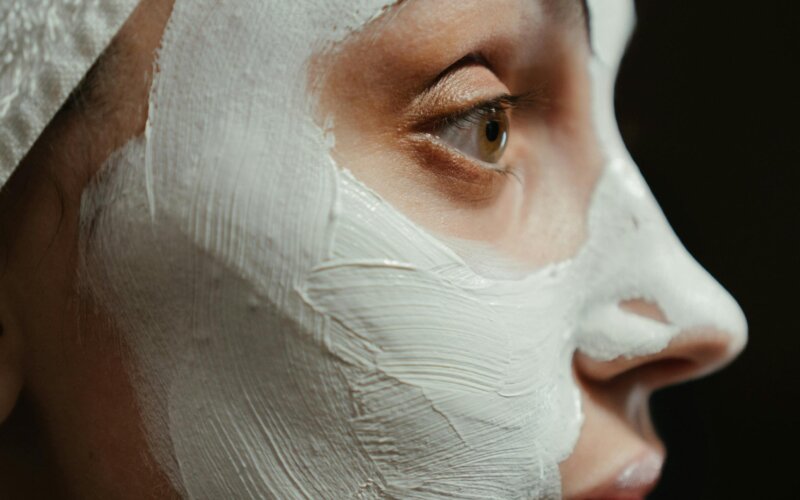
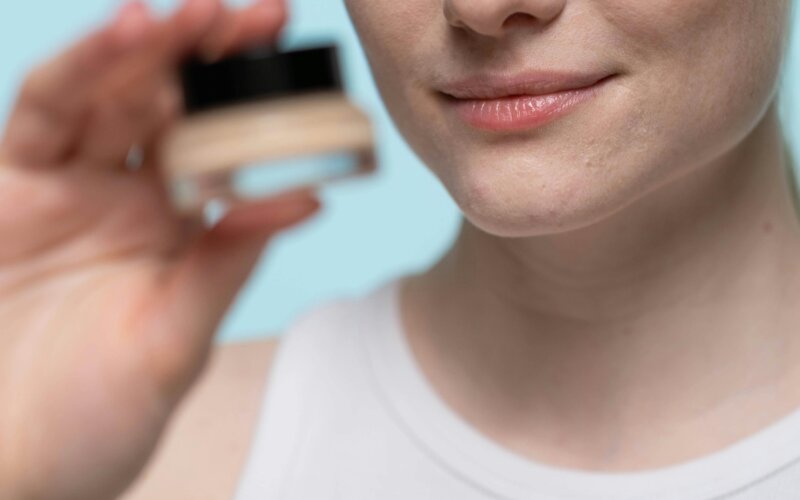
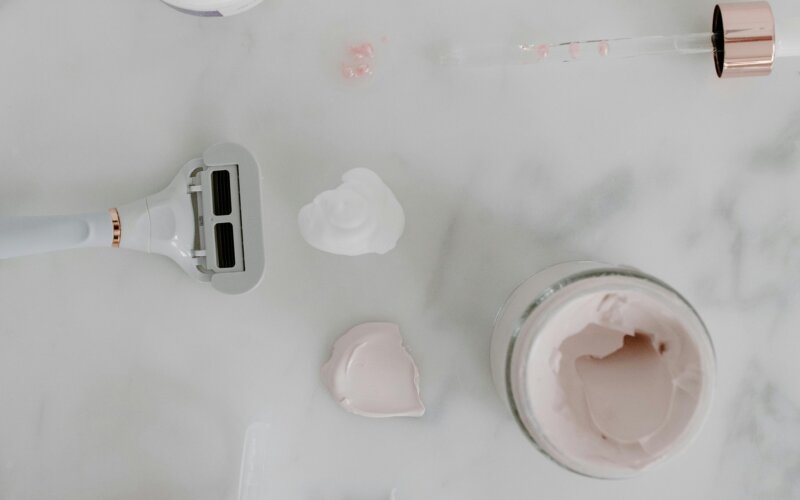

3 Replies to “What are the types of makeup primers?”